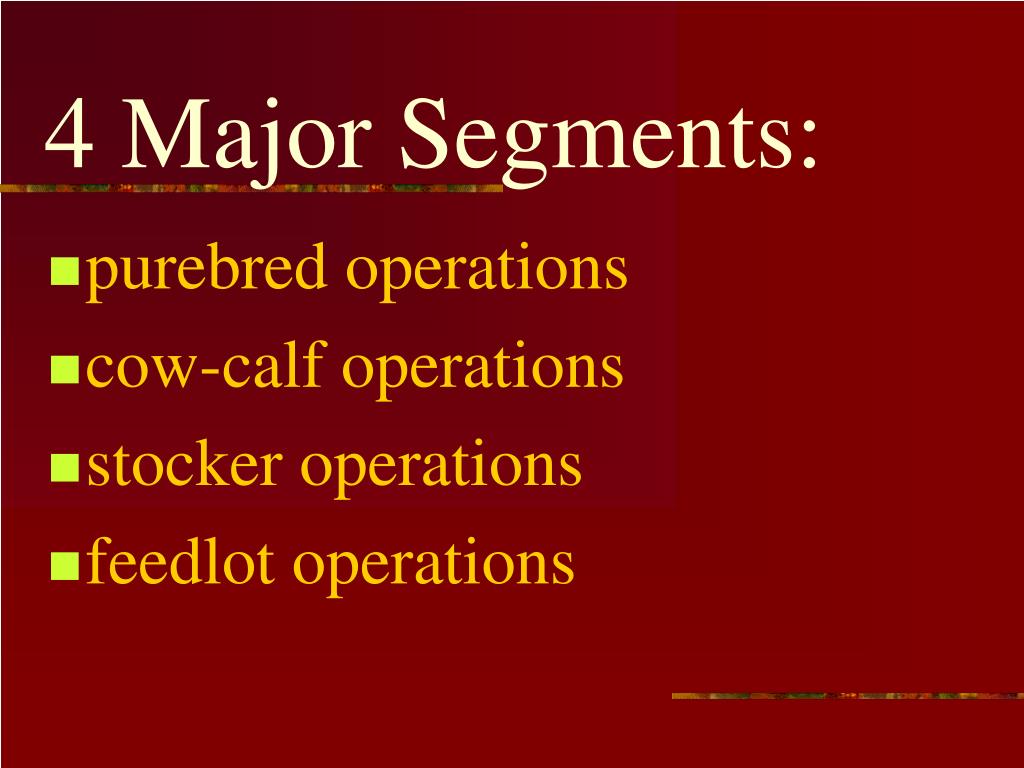From farm to fork, the beef industry is comprised of multiple complex segments working together to bring high-quality beef products to market. There are four major phases of cattle production that each play a vital role: seedstock production, cow-calf production, stocker/backgrounding operations, and feedlot finishing. Understanding the purpose and methods of each segment provides insight into how quality beef is sustainably raised.
Seedstock Production: The Genetic Foundation
The seedstock segment focuses on selective breeding to produce genetically superior cattle. Seedstock operators aim to breed cattle with favorable traits like efficient growth, high carcass yield, and excellent marbling.
To achieve this, they use technology like artificial insemination, embryo transfers, performance testing, and genomics. Bulls and heifers are carefully selected to be bred based on their pedigree and data related to economically important traits.
Seedstock cattle are not meant to be harvested. Rather, they are used to produce bulls and females that will go on to breed commercial cows. This multiplication of favorable genetics improves the quality and efficiency of downstream cattle
Cow-Calf Production: Nurturing the Next Generation
The cow-calf segment makes up the largest percentage of U.S. beef operations. Cow-calf producers maintain a breeding herd of mother cows who give birth and nurse newborn calves.
The ideal of this segment is for cows to produce one healthy calf each year. Most calves are born in late winter and spring. Cows graze pasture or rangelands, and calves feed on their mother’s milk until they are weaned at 6-10 months of age.
Cow-calf operators focus on health, reproduction, genetics, and nutrition to raise vigorous calves These calves are raised until they weigh 400-700 pounds, when they are sold and shipped to the next production phase.
Stocker/Backgrounding: Preparing for the Feedlot
Once weaned calves leave cow-calf operations, most enter a “stocker” phase on pasture or a “backgrounding” phase in a feedlot. The goal here is to develop calves to 700-900 pounds before they finish in a feedyard.
Stocker operations use pasture, forage, or crop residue to add weight in a cost-effective manner. Backgrounding uses grain-based feed rations to promote body frame growth. Both prepare the digestive system for high-energy finishing rations.
This segment adds 200-300 pounds over 4-8 months. Weight gain is slower than the finishing phase, allowing skeletal and muscle growth to catch up. Once large enough, cattle move to feedlots.
Feedlot Finishing: High Energy for Fat Deposition
In the finishing phase, cattle consume a calorie-dense diet, typically of grains, to rapidly add weight. The goal is to efficiently deposit intramuscular fat (marbling) and reach a finished weight of 1,200-1,400 pounds.
The high-energy ration consists of ingredients like corn, grains, distillers grains, and forage. Cattle predominantly eat at bunks rather than grazing pasture. Their diet is carefully balanced for nutrition and digestive health.
Finishing lasts 4-6 months, until cattle reach about 18 months of age. At this point they are considered “fed cattle” and are harvested for beef products. This “grain-finished” method results in well-marbled beef.
From Calf to Carcass: Putting the Segments Together
When all four segments synchronize, it completes the production cycle that makes beef possible. Here is the typical path:
-
Calf born at cow-calf operation, feeds on mother’s milk
-
Weaned at 6-10 months of age, weight 400-700 pounds
-
Enters stocker/backgrounding and grows to 700-900 pounds
-
Finished in feedyard on high-energy ration to 1,200-1,400 pounds
-
Transported to processor at around 18 months old
-
Harvested for beef products like steaks, roasts, and ground beef
It takes careful planning and expertise to handle cattle as they move through each phase of growth. The output of quality beef relies on the success of all segments working in harmony.
In conclusion, seedstock, cow-calf, stocker/backgrounding, and feedlot finishing all play integral roles in beef production. This diverse, segmented system allows cattle to be raised humanely and beef to be harvested sustainably to help meet global protein demands.

How 4 companies control the beef industry
FAQ
What are the 4 phases of the beef industry?
What are the major segments of the livestock industry?
